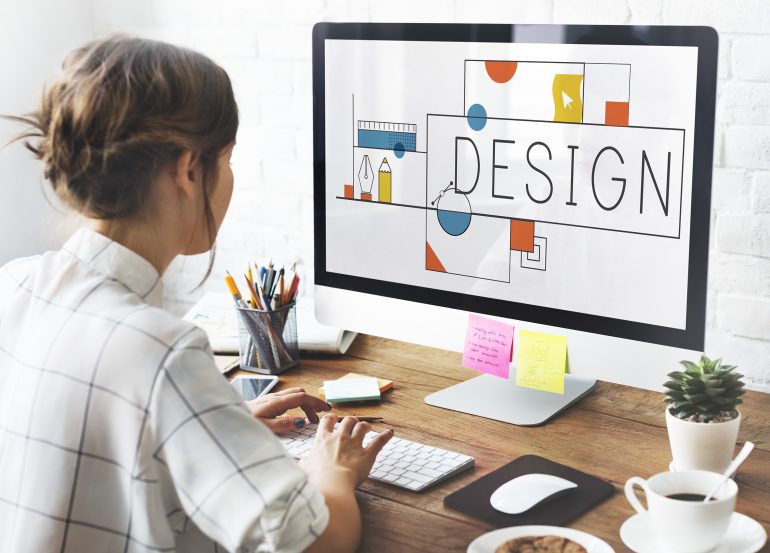Becoming a graphic designer is an exciting journey that combines creativity with technical skills. If you love visual communication and want to create logos, websites, or eye-catching advertisements, this guide will help you get started. Here are 11 important steps for How to become a graphic designer
1. Understand What a Graphic Designer Does
First, it’s important to know what graphic designers do. They create visual content to communicate messages. This can include:
- Designing logos and branding materials
- Making digital advertisements
- Creating websites
- Designing product packaging
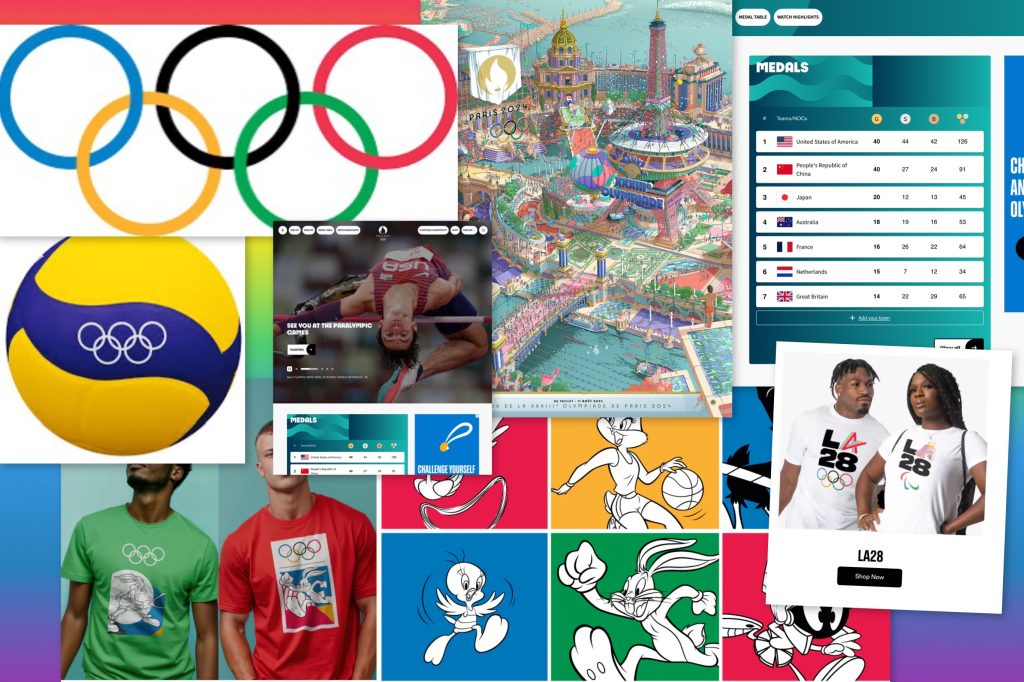
Graphic designers work in various industries, such as advertising, publishing, and web development. By understanding the wide range of work in this field, you can decide which area interests you the most.
2. Develop Your Creative Skills
Next, focus on developing your creative abilities. While technical skills are important, creativity is key. Here are a few ways to improve:
- Practice Drawing and Sketching: Regular practice helps you understand proportion, composition, and storytelling through visuals.
- Learn Basic Design Principles: Get familiar with color theory, typography, and layout. These basics are crucial for creating balanced and effective designs.
- Experiment with Different Styles: Trying out different artistic styles helps you find your unique design voice.
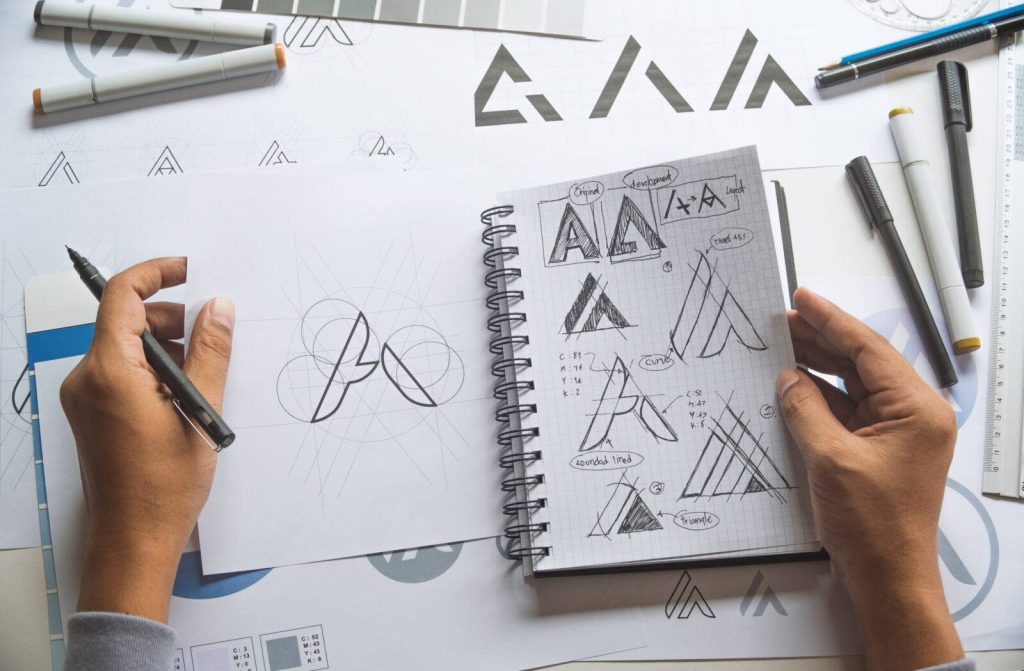
Graphic designer drawing sketch design creative Ideas draft Logo product trademark label brand artwork. Graphic designer studio Concept.
3. Learn Essential Design Tools
To be a graphic designer, you must know how to use design software. Some of the most commonly used tools are:
- Adobe Photoshop: Used for editing images.
- Adobe Illustrator: Ideal for creating vector graphics.
- Adobe InDesign: Used for layout design, especially for print.
- Sketch: Popular for web and app design.
- Figma: A cloud-based tool for collaborative design projects.
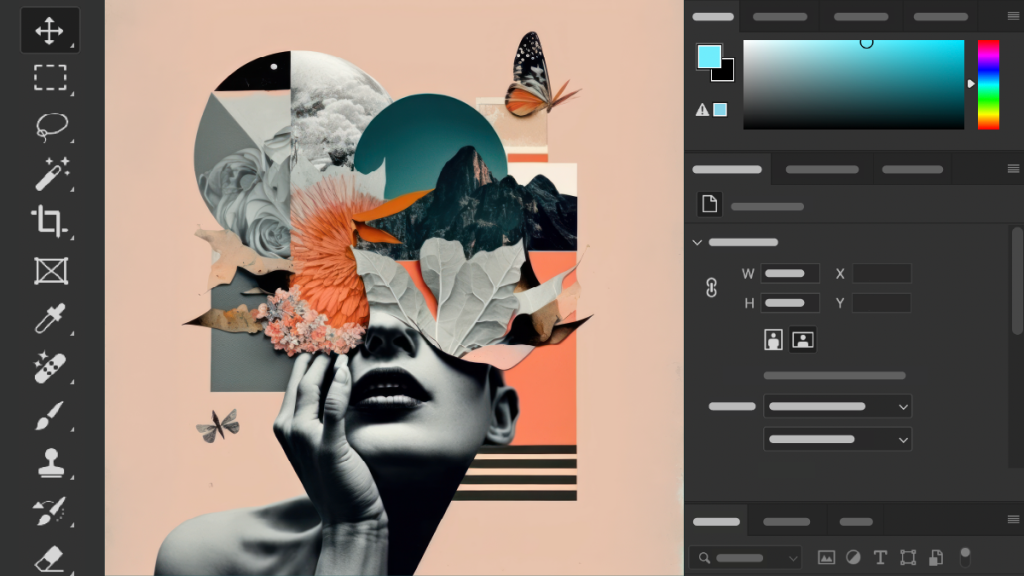
Start by learning the basics of these programs, then explore their advanced features as you become more comfortable.
4. Consider Formal Education
While it’s possible to become a graphic designer without a degree, formal education can be very helpful. Here’s why:
- Structured Learning: A graphic design program offers courses in design principles, art history, and technology.
- Guidance from Instructors: Experienced teachers can give you feedback and help you improve your skills.
- Building a Portfolio: Many programs include projects that help you create a strong portfolio to show to potential employers.
Though a degree isn’t required, it can give you a solid foundation and open up more opportunities.
5. Build a Strong Portfolio
Your portfolio is one of the most important tools you have as a graphic designer. It shows your skills and creativity to potential employers or clients. A strong portfolio should:
- Include a Variety of Work: Show different types of projects, such as branding, web design, and print design.
- Focus on Quality: It’s better to have a few excellent pieces than a lot of average ones.
- Explain Your Projects: Include brief descriptions that explain the problem you solved, your approach, and the final result.
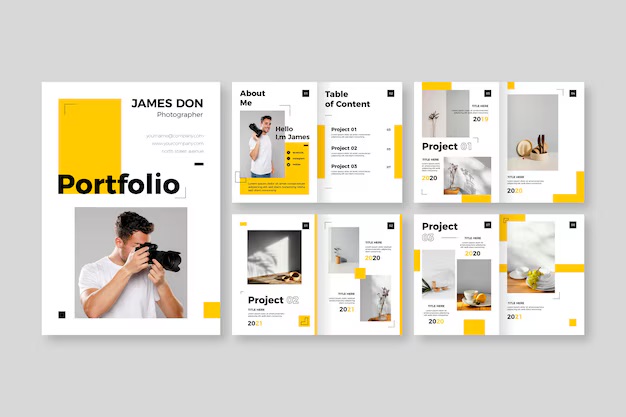
If you’re just starting, consider doing personal projects or redesigning existing brands to build your portfolio.
6. Gain Experience
Experience is crucial in the graphic design industry. You can gain it in several ways:
- Internships: Many design firms offer internships where you can gain hands-on experience.
- Freelancing: Take on freelance projects, even if they’re small. This will help you gain experience and build your portfolio.
- Volunteer Work: Offer your skills to non-profits or small businesses. It’s a great way to gain experience and build your reputation.
7. Stay Updated with Trends
The design field is always changing, so it’s important to keep up with new trends and technology. Here’s how:
- Follow Design Blogs and Websites: Sites like Roozrang.com , Behance and Dribbble, showcase the latest design trends and inspirations.
- Attend Webinars and Workshops: Many organizations offer online learning opportunities to help you stay updated.
- Network with Other Designers: Join design communities to exchange ideas, get feedback, and stay inspired.
8. Consider Specializing
Some graphic designers choose to specialize in specific areas. Specializing can set you apart and allow you to charge higher rates. Here are a few areas to consider:
- UI/UX Design: Focuses on user interfaces for websites and apps.
- Branding: Specializes in creating logos and brand identities.
- Packaging Design: Focuses on creating product packaging.
- Motion Graphics: Involves creating animated graphics for videos.
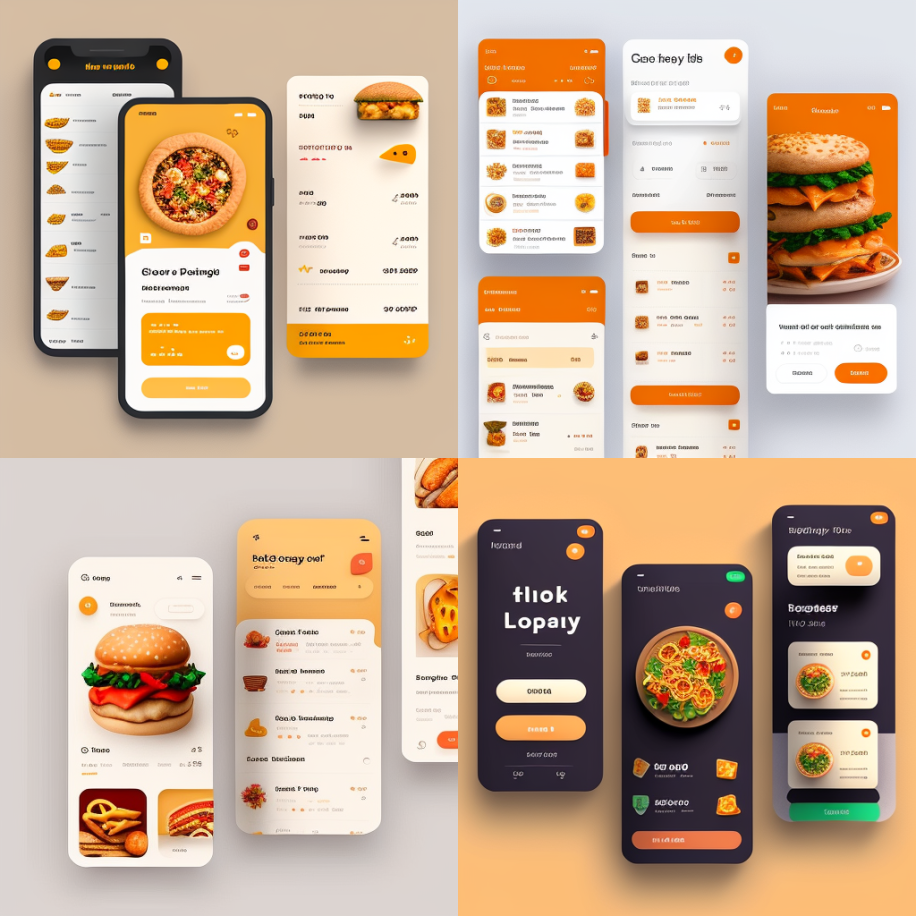

9. Seek Certification
Although not always necessary, certifications can help you stand out. For example, Adobe offers certifications in its software. These certifications can:
- Validate Your Skills: Show that you have mastered important tools.
- Boost Your Confidence: Knowing you have a recognized credential can make you more confident in your work.
- Improve Job Prospects: Some employers may prefer or require certification when hiring.
10. Apply for Jobs or Start Freelancing
Once you have a strong portfolio and some experience, you can start applying for jobs or consider freelancing. When applying for jobs:
- Tailor Your Resume and Portfolio: Customize them for each job you apply for.
- Use Your Network: Connections from internships, freelancing, and design communities can help you find job openings.
- Consider Different Work Environments: Decide if you want to work in-house, at an agency, or as a freelancer.
If you prefer flexibility, freelancing might be a better fit. Freelancing allows you to:
- Choose Your Clients: Work with clients that match your interests.
- Set Your Own Schedule: Manage your time and workload.
- Grow Your Business: Over time, you can expand your services and hire other designers.
11. Keep Learning
Finally, continuous learning is key in graphic design. Even after you’ve established yourself, it’s important to:
- Update Your Portfolio: Regularly add your latest and best work.
- Learn New Tools: Stay ahead by mastering new design software.
- Attend Conferences and Workshops: These events offer learning, networking, and inspiration.
- Read Design Books and Articles: Keep expanding your knowledge and perspective.
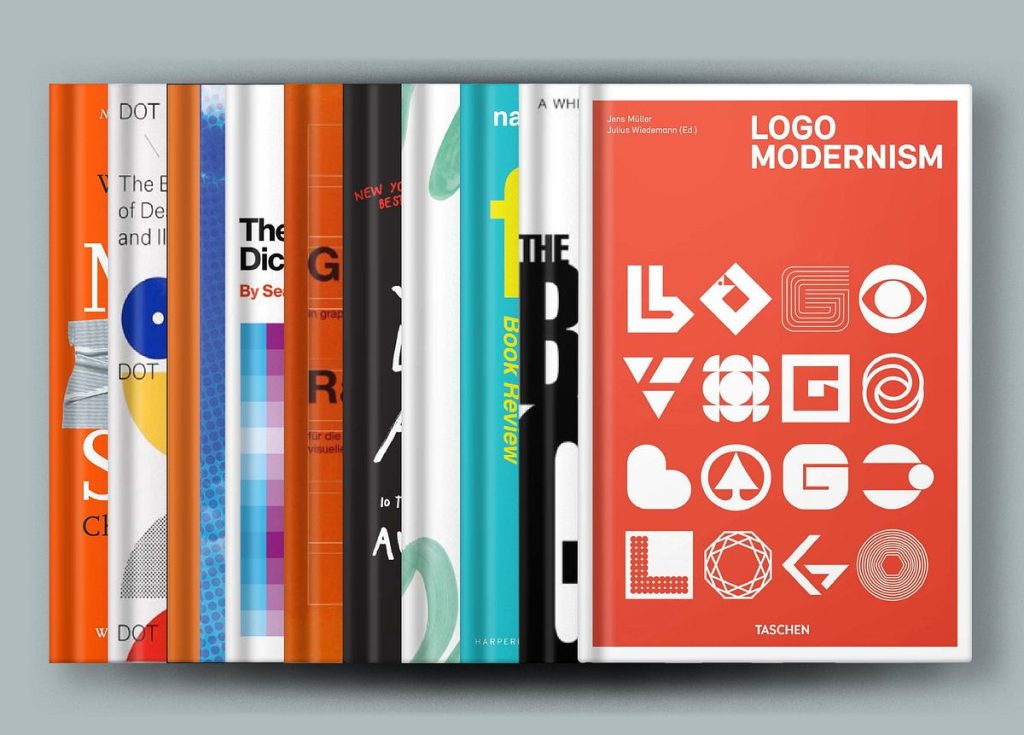
Conclusion
In conclusion, becoming a graphic designer requires creativity, technical skills, and a commitment to learning. By following these 11 steps—understanding the role, developing your skills, learning essential tools, considering formal education, building a portfolio, gaining experience, staying updated, specializing, seeking certification, applying for jobs, and continuing to learn—you can build a successful and fulfilling career in graphic design. With dedication and passion, you’ll be well on your way to making your mark in this exciting field.

